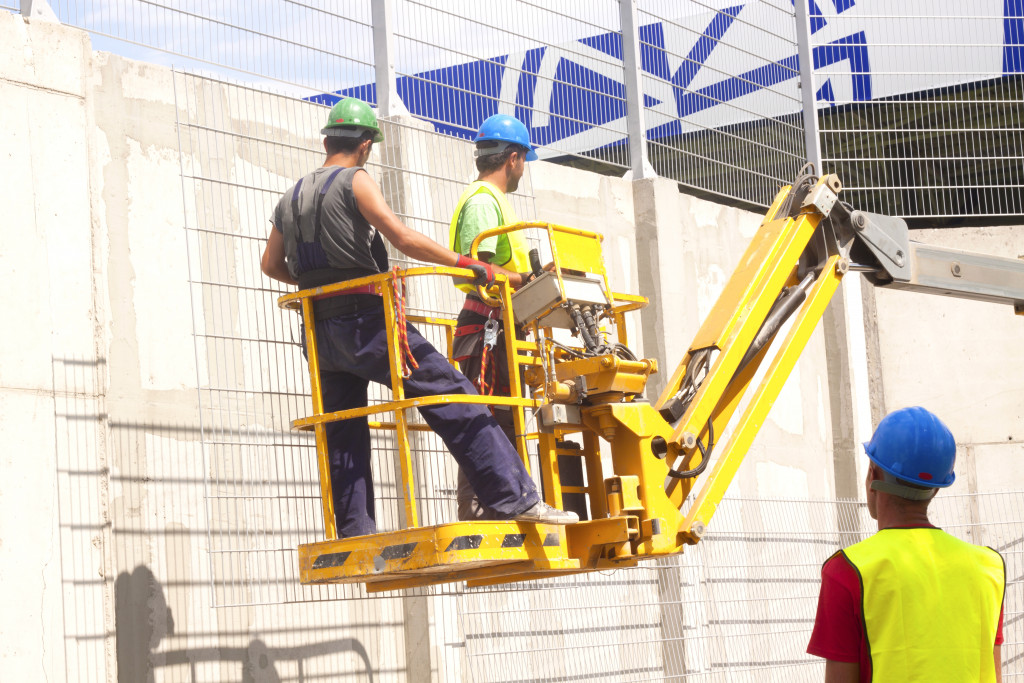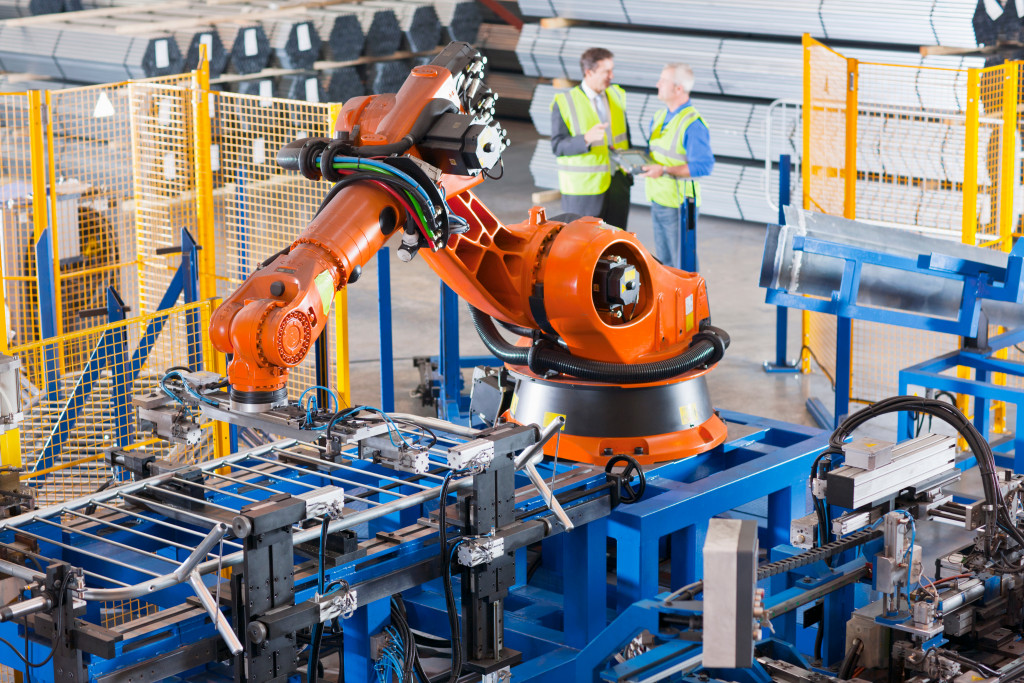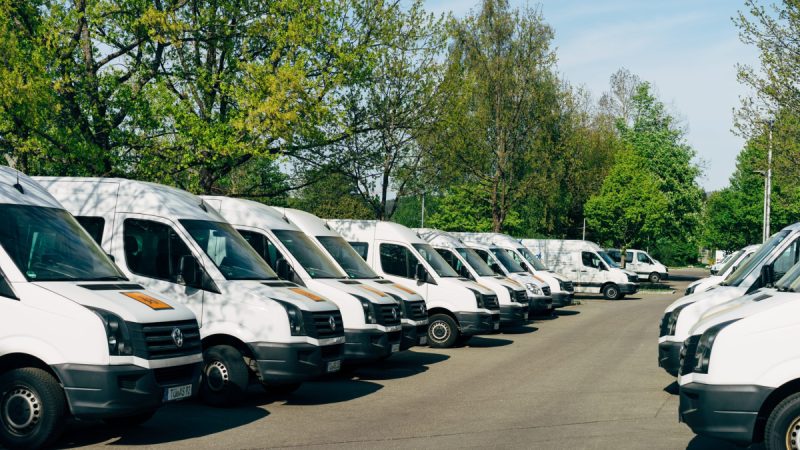Essential Safety Protocols in Industrial Work Environments

- Safety should always be a top priority in industrial workplaces and can significantly reduce the risk of accidents.
- Employee safety training is crucial, covering everything from general safety procedures to specific protocols for different machinery and equipment.
- Regular safety drills and emergency preparedness help employees handle potential hazards effectively and keep protocols fresh in their minds.
- Proper training for operating heavy machinery and vehicles, such as forklifts, is crucial in reducing the risk of accidents.
- Proper safety equipment and tools, properly maintaining them, and conducting routine checks can further ensure employee safety.
Industrial work environments can be dynamic and potentially hazardous, requiring strict safety protocols to ensure the well-being of workers. This guide will explore some essential safety measures that should be implemented in industrial workplaces.
This blog will also discuss the importance of establishing safety in the workplace and the critical safety equipment and tools for industrial settings.
Establishing a Culture of Safety in the Workplace
Safety should always be a top priority in any workplace, especially in an industrial setting. While accidents can happen even with the best safety protocols in place, a strong safety culture can significantly reduce the risk of incidents occurring.
The Importance of Safety Training for Employees
Employee safety training is crucial in establishing a culture of safety in the workplace. It should be provided to all employees, regardless of their position or experience level. This training should cover everything from general safety procedures to specific protocols for different machinery and equipment.
For instance, heavy machines like forklifts require specialized training and certification to operate safely. While forklifts can significantly help improve efficiency and productivity in industrial settings, they can also be dangerous if not used correctly.
Regular Safety Drills and Emergency Preparedness
Safety drills can help employees be prepared for emergencies and ensure how to handle potential hazards. These drills should be conducted regularly to keep safety protocols fresh in employees’ minds, and any necessary updates or changes to protocols can be addressed during these drills.
Safe Operation of Machinery and Vehicles

Operating heavy machinery and vehicles is a significant part of many industrial workplaces. To ensure the safety of employees, it is crucial to establish proper training and protocols for using these machines. Practicing suitable machine and vehicle operation techniques can significantly reduce the risk of accidents.
In some countries, like Singapore, it is a legal requirement for industrial workplaces to conduct safety drills and have emergency response plans in place. This helps ensure that companies are prepared for any potential accidents or emergencies.
Best Practices for Operating Heavy Machinery
When operating heavy machinery, following all manufacturer’s instructions and safety guidelines is important. This includes proper training on using the equipment, regular maintenance checks, and following all safety protocols while operating the machinery.
Forklifts: Ensuring Safety and Efficiency in Handling
Forklifts are the most commonly used vehicles in industrial settings and can pose a significant safety risk if not operated correctly. Employees should receive specialized training on safely operating forklifts, including handling different loads, navigating through tight spaces, and properly maintaining the equipment. When using a forklift, here are a few essential safety tips to keep in mind:
- Always wear proper personal protective equipment (PPE) such as hard hats, safety goggles, and steel-toed boots.
- Inspect the forklift before each use to ensure it is in proper working condition.
- Follow all load capacity guidelines and never overload the forklift.
- Keep a safe distance from other workers and machinery while operating the forklift.
- Use caution when turning or reversing the forklift to avoid accidents.
Essential Safety Equipment and Tools for Industrial Settings
Aside from proper training and protocols, having the right safety equipment and tools is crucial in maintaining a secure work environment. Some essential items that should be present in an industrial workplace include:
Personal Protective Equipment (PPE) Essentials

Personal protective equipment, or PPE, protects workers from potential hazards. This includes hard hats, safety goggles, earplugs, gloves, and high-visibility vests. Employers should provide their employees with the necessary PPE and ensure they are trained on when and how to use them correctly.
Employers are also responsible for regularly checking and replacing PPE as needed to maintain its effectiveness. Regularly conducting hazard assessments can help determine what PPE is necessary for different tasks and areas of the workplace.
Safety Signs and Labels
Safety signs and labels are crucial in communicating potential hazards and safety protocols to employees. These should be visible throughout the workplace, especially in high-risk areas. Employers should regularly review and update safety signs to ensure they are accurate and effective.
Maintenance and Inspection of Safety Gear and Equipment
Regular maintenance and inspection of safety gear and equipment are vital in keeping employees safe. This includes conducting routine checks on machinery, vehicles, PPE, and any other safety equipment used in the workplace. Employers should also have a system for reporting potential hazards or malfunctions, so they can be addressed promptly.
The Bottom Line
In conclusion, establishing a strong safety culture in industrial workplaces is crucial for the well-being of employees. This includes providing proper safety training, conducting regular drills and maintaining emergency preparedness, following best practices for operating machinery and vehicles, and having the necessary safety equipment and tools readily available. By implementing these measures, employers can create a safer work environment for their employees and reduce the risk of accidents or injuries.




